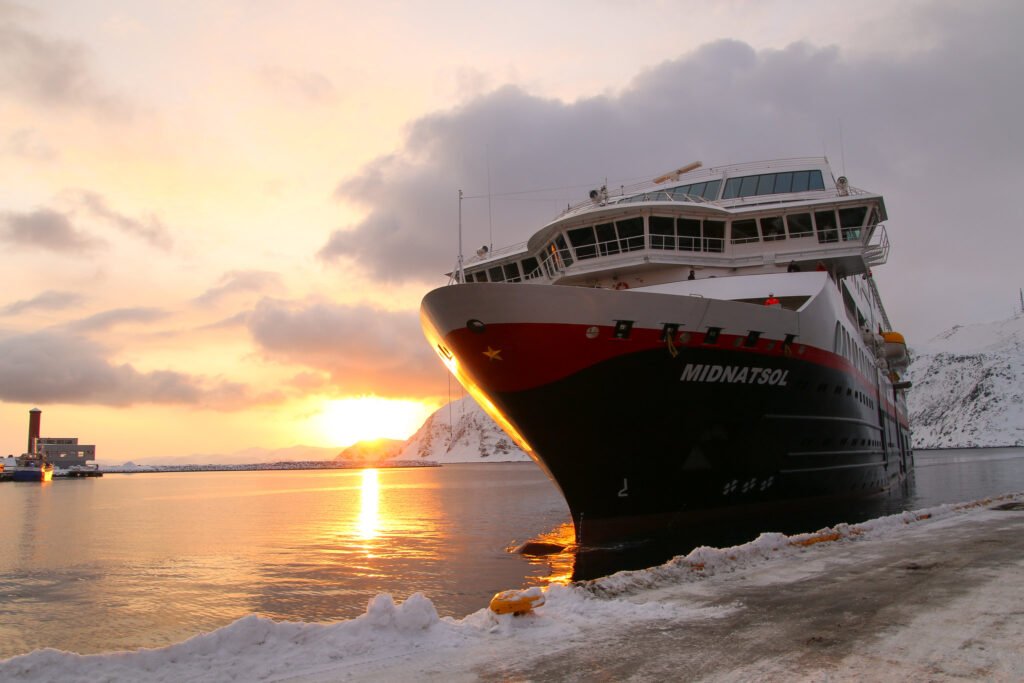
Climate change is shrinking the Arctic ice cover, which is making it easier for ships to travel along the northern coast of Russia, known as the Northern Sea Route or the Northeast Passage. There is also the Northwest Passage, which connects the Atlantic and Pacific Oceans via waterways through the Canadian Arctic Archipelago.
More than 600 fishing vessels sail the waters of the Arctic Ocean, but these fishing vessels are not the worst offenders when it comes to the growing problem of air pollution. Giant natural gas tankers are becoming a much bigger problem.
In 2021, only 26 natural gas tankers traveled through Arctic waters. But these ships can be 1000 feet long or more and produce far more CO2 emissions than fishing boats. In 2019, the tankers accounted for 28% of the emissions and the number of them cruising the Arctic has been growing.
As the ice cover in the Arctic continues to shrink, more and more ships of all varieties, including cruise ships, fishing vessels, as well as tankers, are coming north and spending more time in the Arctic. Any increases in ship traffic will increase the pollutant load in the Arctic and the Arctic is one of the most vulnerable environments in the world.
Between 2013 and 2019, the aggregated nautical miles that vessels traveled in what is called the Polar Code area increased by 75%. It isn’t just that more ships like tankers are going there. It is that their operational season is expanding.
Air pollution isn’t the only problem. Shipping in the Arctic brings with it light pollution, noise, marine litter, and more. Only zero activity has zero pollution.
**********
Web Links
The worst polluters in the Arctic are not what you think
Photo, posted February 26, 2015, courtesy of Chris Parker via Flickr.
Earth Wise is a production of WAMC Northeast Public Radio
Leave a Reply